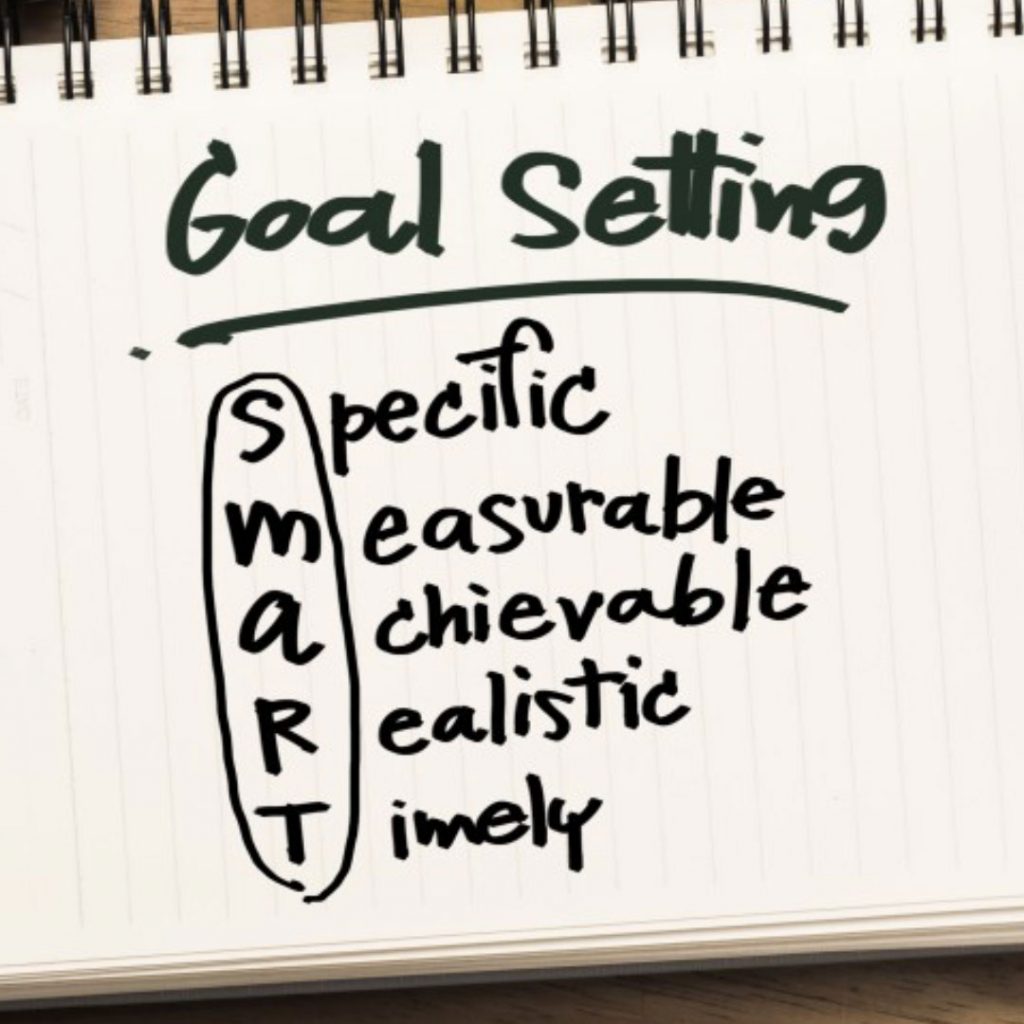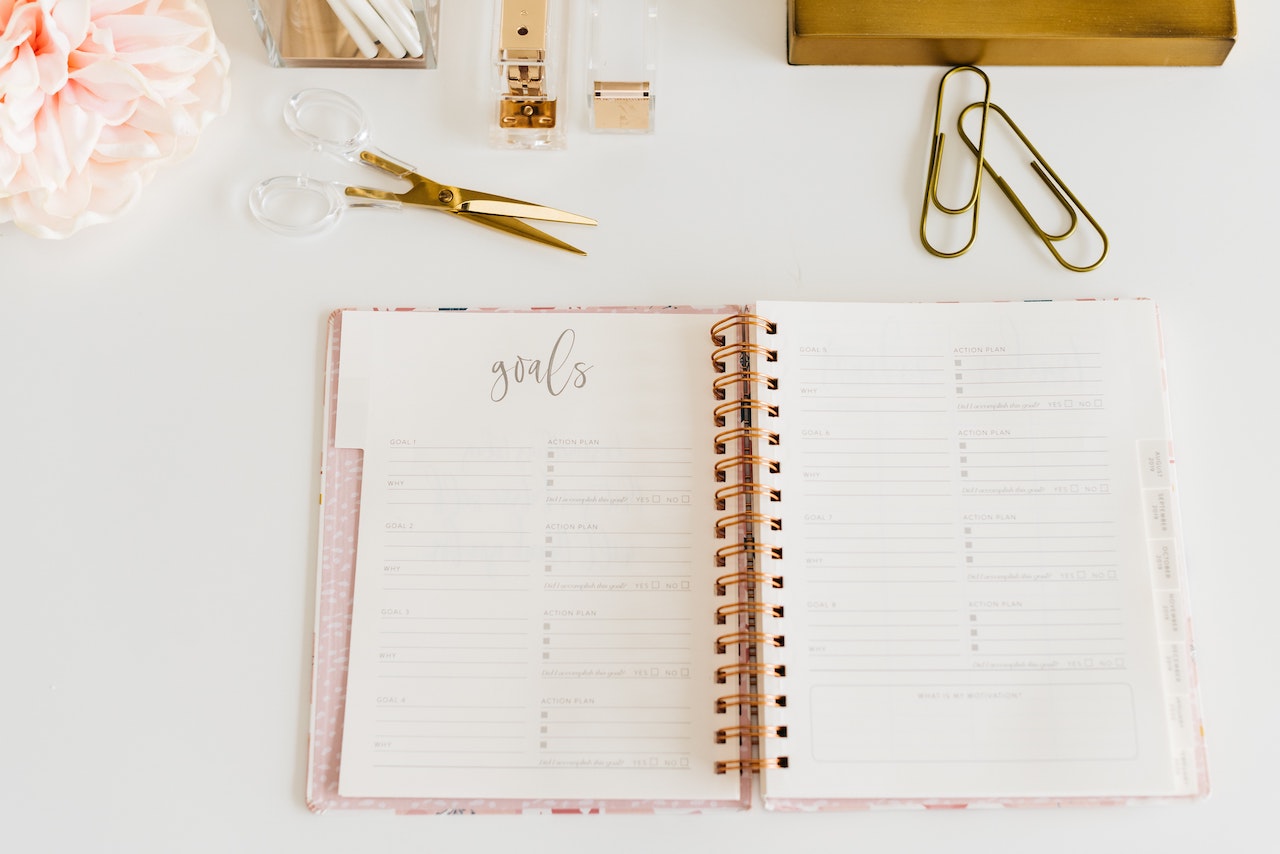How to Set Fitness Goals
So you’re ready to make a change. Maybe you’re new to fitness, or you need to get back to a routine after quarantine, or you’re a fitness rockstar who has hit a plateau. Whatever the reason, you’re ready to get serious about your health and fitness. You’re pumped, feeling good, looking ahead at the results you want and want to make it happen… usually as fast as possible.
But so often our hardcore fitness routines fail before they ever really get off the ground. Sometimes we set goals that are too lofty, unsustainable, and otherwise unrealistic. When we eventually fail we end up feeling worse about ourselves than before we started. That’s why we’ve worked with our health experts for our top tips for setting goals so you can not only crush your workouts but set yourself up for real positive change.

Step 1: Use Instagram Consciously
Look, we’re not saying Instagram is bad. In fact, it can be a great way to help you stay motivated, find resources, and be a part of a community that shares your goals. However, when it comes to determining and setting your own goals, Instagram can be a minefield with thousands of voices fighting for your attention and trying to influence you (often paid) with their advice, “must-haves”, “key to success” and intimidating bodies.
Find a few key people with similar starting points and success and methods that are right for you! If you find yourself changing your mind on what’s right for you, or new science, or new trends, or getting demoralized by comparing your body to theirs every other day based on the latest posts in your feed… it’s time to turn it off and refocus on you.
2. Define what you want
We all want to look good and feel good about ourselves, which is great! But if you’re only focusing on what your appearance, you’re going to be discouraged when those results don’t come instantly, and instead miss all the tiny physical, mental, and emotional victories that happen with a kickass consistent workout routine.
Start by thinking about what you want to achieve instead. Whether that’s running up the stairs without getting winded, or getting back into a sport that you can’t really do anymore, or entering a strongman competition! Whatever level you’re at… think of something you can work to accomplish that is going to feel good. And let that be the start of your journey.

3. Make your goals S.M.A.R.T.
Specific: See to above. Make your goals about YOU since you’re the one who is going to have to do the work.
- What (Run more) +
- When (end of the year) +
- Where (specific race—including date, place and time) +
- Why (your “whys”—see below) +
- How (Run 3 times a week using a training plan)
Measurable: Whether that’s using an app, taking photos of your body, weighing yourself, testing your body fat, or tracking your progress in reps or weights, keep a journal as a record of everything you’re doing to achieve your goal. It may sound boring or annoying, but seeing yourself grow and change and crush your goals is more motivating and better for your mental health than scrolling through your feed of hot bodies…
Achievable: Set goals for yourself that are also kind to your body. It’s no use running a marathon once if you tear a muscle and end up on a couch again. Take your age, weight, previous injuries and cardiovascular fitness into account and go slow. (This doesn’t mean not pushing yourself and working out the max, but make your max one that won’t do damage!)
Realistic: Don’t commit to 5am workouts if you’re not a morning person, or two hours in the gym if that requires you hiring a babysitter everyday. Sure we can all cut down on wasted Netflix time, but chances are you’re actually pretty busy! Take your real life into account and create a workout routine that also works when your “ideal life” doesn’t happen.
Timed: Goals without plans are just hallucinations. Set a timeline! (Again, being realistic and achievable.)

4. Face your Issues
Hey, no shame. We all have them. Think of the last 3 excuses you had for not working out (e.g. too tired, not enough time in the day, too sore, don’t have cute gym clothes?) We see you! It’s okay to admit that sometimes you’re just making excuses. This is how we make the real changes.
Look at your old excuses and then answer these questions:
- What did you want to do instead and why was that a better option?
- What’s holding you back? (Fear, shame, lack of experience)
- What are some of your barriers? (Time, money, family, relationship)
- Where do you spend time on other non-health habits? (Netflix, going out drinking, playing video games) And how can you reclaim that time?
Getting honest with yourself and your patterns will fast track your success, and make it much clearer when you start to slip, and help you stick to it.

5. Set Milestones
With the goal that you truly care about in mind, it’s time to get specific about what you need to do to get there. Instead of choosing one specific goal (run the Vermont City Marathon on May 28, 2017), set milestones or mini-goals for you to achieve along the way.
For example: I’ll find a running buddy by next week. I’ll complete my first 6-mile run in 3 months and decrease my mile time by one minute in 5 months. These small non-scale victories make you feel successful, which increases your chances of sticking with it.

6. Connect Your Fitness to Your Life
It’s hard to do anything alone. One of the best ways to stick to a routine is to have support and make fitness and activity a part of your life. For example: If you and your friends go out for brunch every Sunday, try inviting them for a hike/picnic one weekend. Involve your kids in your walks, swims, or workout routine. Challenge your friends to see who can get the most steps, or invite them to your gym! Make your fitness goals a part of your identity and your relationships. The more accountability you have, the harder it is to break.



